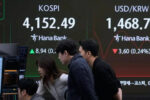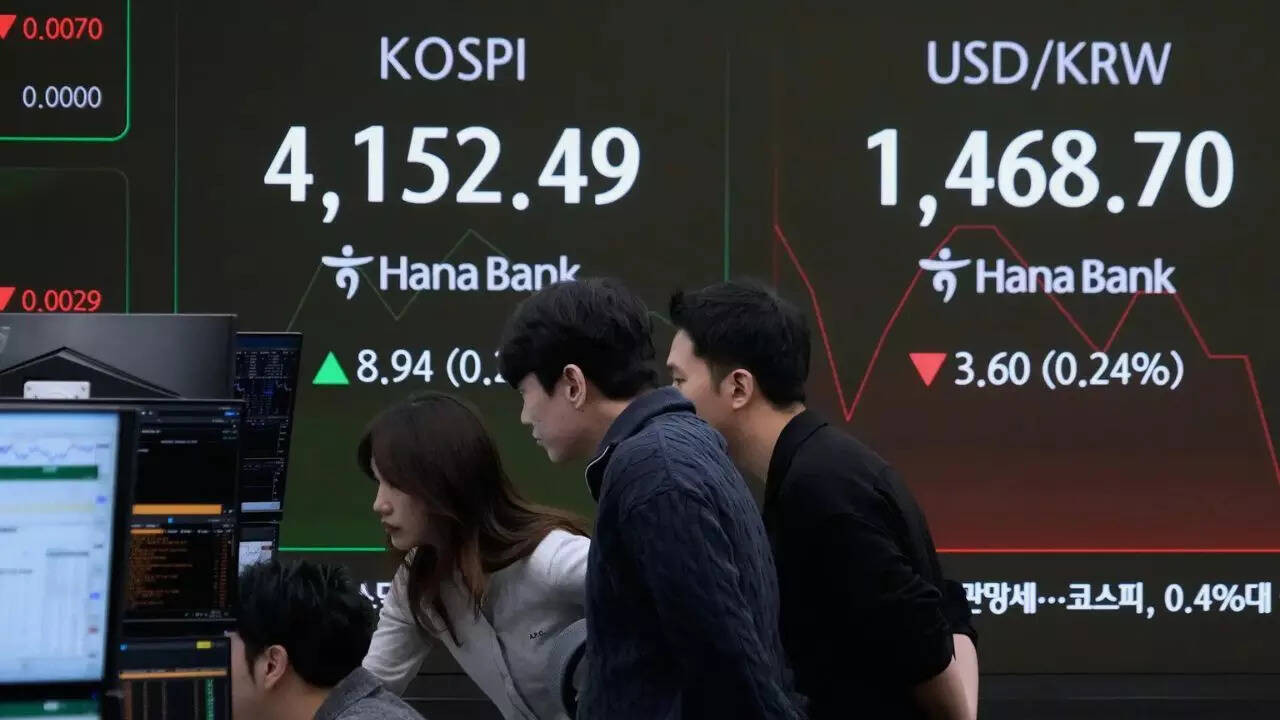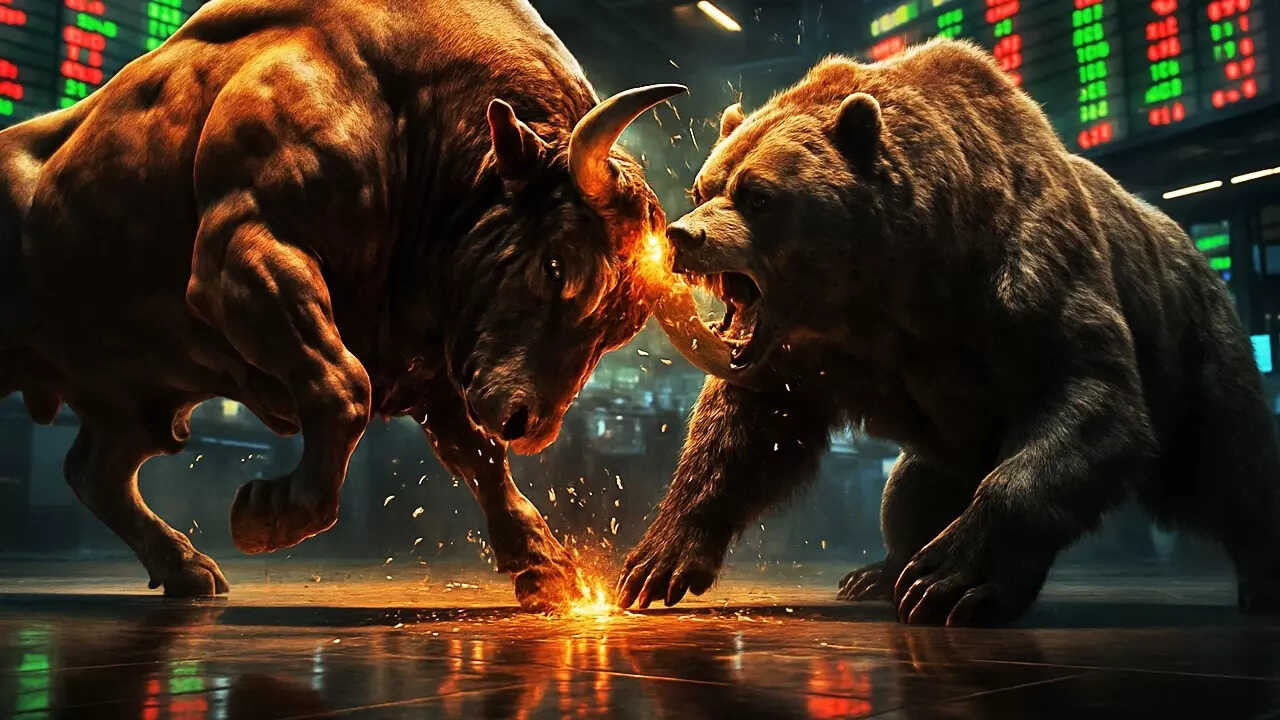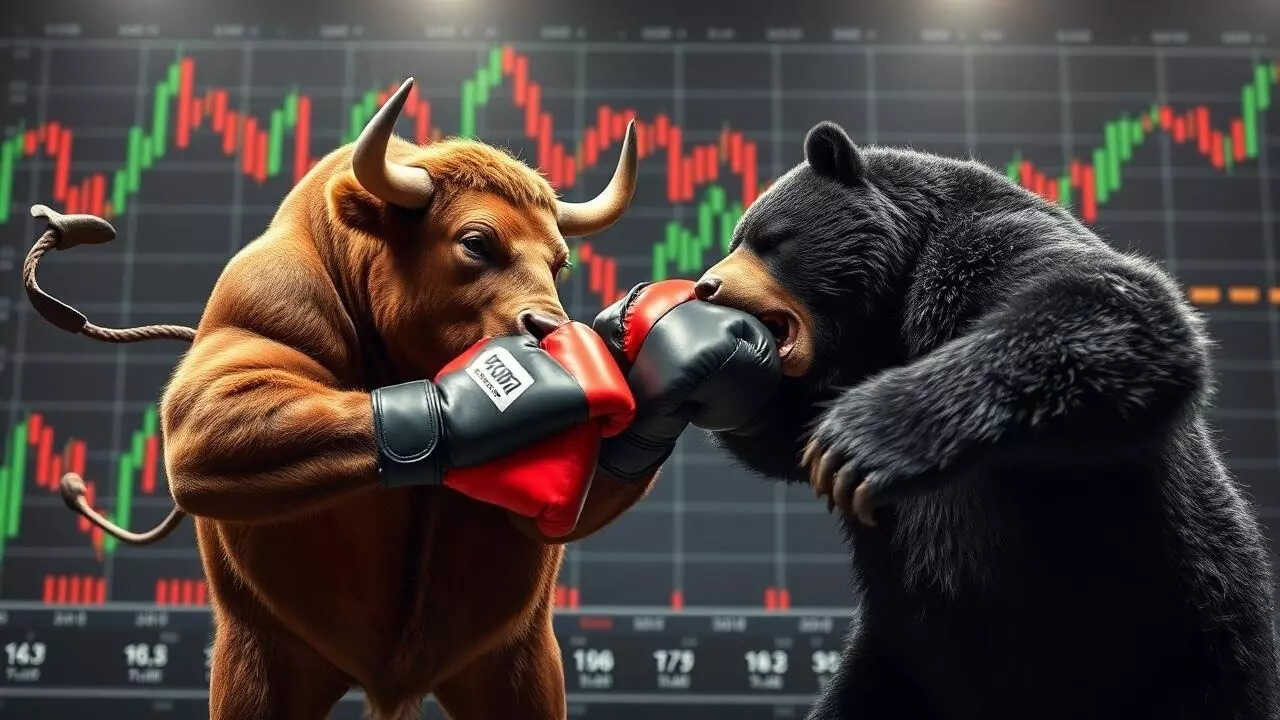Gold prices have surged to record highs, surpassing $4,000 per ounce internationally and Rs 1.2 lakh domestically. This rally is driven by concerns over the US economy, potential market overvaluation, and a shift towards alternative assets amid currency stability worries. Central banks are also significantly increasing gold reserves, further fueling the upward trend.
Is Gold’s Gleam Dimming the Dollar’s Shine? A Look at Record Prices
The financial world is buzzing. Gold, that ancient symbol of wealth and security, is on a tear, smashing records left and right. Simultaneously, whispers about the U.S. dollar’s future dominance are getting louder. Are these two trends connected? Absolutely. The question isn’t if, but how significantly gold’s surge signals a shift in the global economic landscape.
For centuries, the U.S. dollar has reigned supreme as the world’s reserve currency. It’s the kingpin of international trade, the benchmark for pricing commodities, and the go-to safe haven during economic storms. But cracks are starting to appear in its armor. Rising inflation, ballooning national debt, and geopolitical uncertainties are all contributing to a sense of unease.

The Allure of Gold: More Than Just a Pretty Metal
So, why gold? In times of economic turmoil, investors flock to assets perceived as stable and reliable. Gold, with its inherent scarcity and historical value, fits the bill perfectly. Unlike fiat currencies, which can be printed at will by governments, gold’s supply is limited. This inherent scarcity makes it an attractive hedge against inflation. As the value of currencies erodes, gold tends to hold its value, preserving wealth for those who hold it.
Moreover, gold has a long-standing history as a safe haven asset. Throughout history, during times of crisis – wars, economic depressions, or political instability – gold has consistently acted as a store of value. This track record instills confidence in investors, driving demand and pushing prices higher. The current geopolitical climate, with ongoing conflicts and rising tensions, only amplifies this effect. People are understandably nervous, and gold offers a tangible sense of security.
Decoding Record-Breaking Gold Prices
Recent surges in gold prices aren’t simply a knee-jerk reaction to fear. They are indicative of a deeper shift in investor sentiment. Central banks around the globe, particularly in emerging markets, are actively diversifying their reserves, moving away from the U.S. dollar and increasing their gold holdings. This strategic move underscores a growing concern about the long-term stability of the dollar and a desire to reduce reliance on a single currency.
This diversification isn’t just happening at the governmental level. Individual investors are also increasingly recognizing the importance of incorporating gold into their portfolios as a hedge against market volatility and currency fluctuations. The rise of easily accessible gold investment options, such as ETFs and online platforms, has made it easier than ever for ordinary people to invest in gold.
The Dollar’s Dilemma: Challenges to Dominance
The U.S. dollar’s dominance is being challenged on multiple fronts. As mentioned earlier, inflation and national debt are major concerns. Persistent inflation erodes the purchasing power of the dollar, making it less attractive to international investors. The United States’ massive national debt raises questions about the long-term sustainability of its economic policies.
Furthermore, the rise of alternative currencies and payment systems is chipping away at the dollar’s monopoly. The increasing popularity of cryptocurrencies, while volatile, demonstrates a desire for alternatives to traditional financial systems. The development of central bank digital currencies (CBDCs) by various countries could also pose a significant challenge to the dollar’s global standing. You can learn more about cryptocurrency and its impact on traditional finance on our crypto blog.
The Future Landscape: A World with Multiple Centers of Power?
So, what does the future hold? It’s unlikely that the U.S. dollar will disappear overnight. Its entrenched position in the global financial system, built over decades, provides a significant advantage. However, the trends are clear: gold is becoming an increasingly important asset, and the dollar’s dominance is being challenged.
We may be moving towards a multipolar financial world, where several currencies and assets coexist, each playing a significant role. Gold is poised to be a key player in this new landscape, offering a reliable store of value and a hedge against uncertainty. The surge in gold prices isn’t just a fleeting phenomenon; it’s a symptom of a broader shift in the global economic order. Investors who understand these dynamics and strategically allocate their assets will be best positioned to navigate the challenges and opportunities that lie ahead.
The rise of gold as a reliable safe haven asset suggests a reshaping of global finance, urging a strategic reevaluation of investment strategies.







